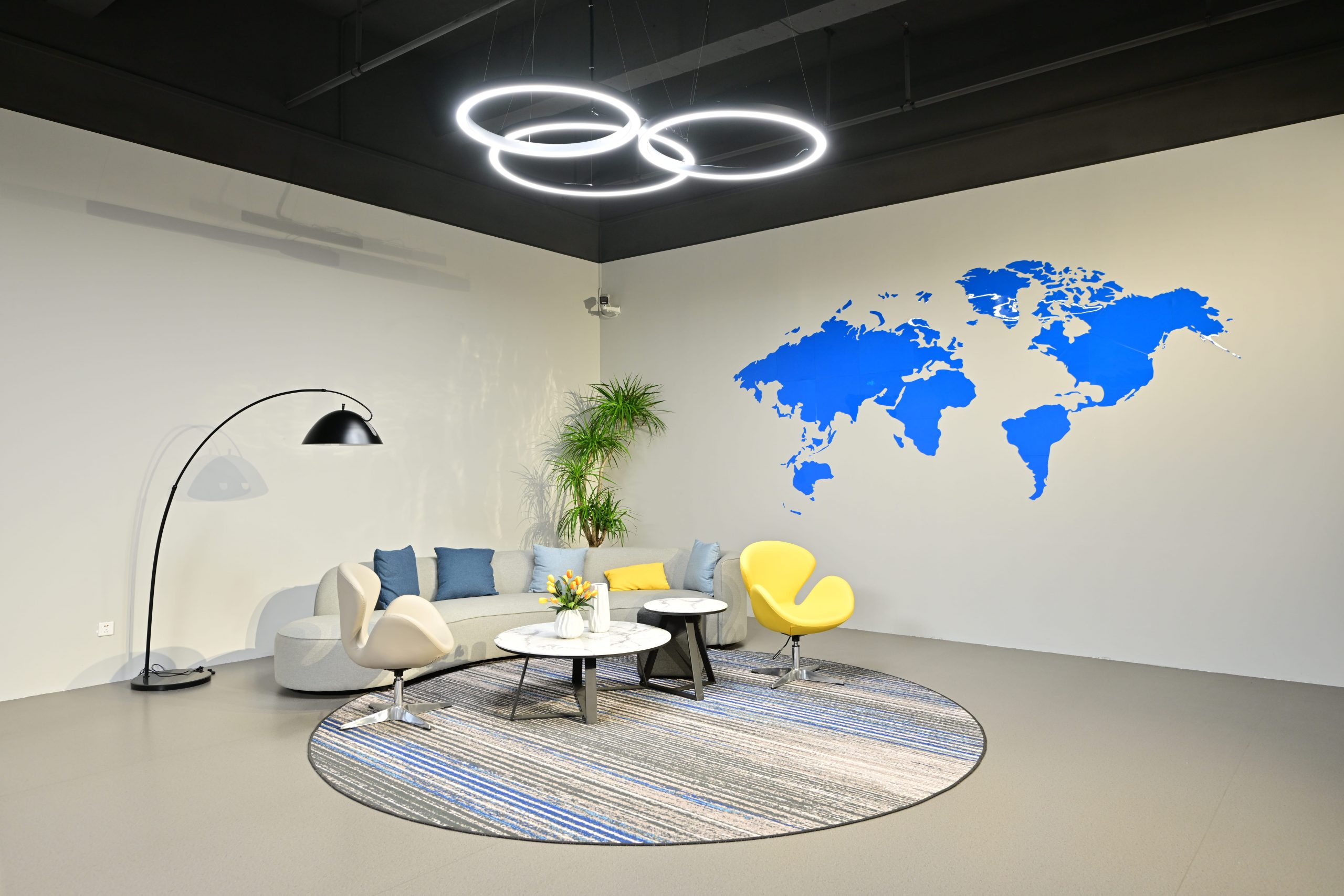3D modeling and sculpting it’s an already common procedure used in many industrial outlets these days. Learning how to use can take some time, especially if you come from a crafty background or if you are used to physical work.
The best thing about 3D modeling and designs is that many different angles can fit your needs given the complexity of the challenge you wish to embrace. It’s important to take a single fact into account: mistakes will happen, and you will probably botch more than a single prototype as you improve your modeling skills, you just need to be patient.
As you get better at 3D modeling design, there are a few things that you need to take into account to avoid doing some of the most common mistakes every amateur makes at some point. We are not saying that by taking these tips to the letter some of these won’t happen to you, but if you are aware, there is less likely a chance of them affecting your work. Now pay attention:
Table of Contents
ToggleRead the Printing Material Guidelines
Crafting a 3D prototype requires the use of polymers and metals in accordance to certain guidelines, you can find online a lot of resources that will explain design rules for the type of part or model you are creating, and if you are a beginner, it would be wise to stick to them.
You should make experimentation out of any 3D modeling process handled by you if you are starting on this world. Any solid 3D printing machine can handle polymers and metals, and while the basic components have low costs, repeated tries can be quite expensive in the end.
Skipping Research about Your Printing Technology
Every 3D printer out there has a different set of specs and not knowing about them would be irresponsible on your behalf if you wish to pursue successful 3D modeling. If you are planning to own one of these devices the best course of action is to learn everything about the chemical compounds it can handle as well as the maintenance it needs between usages.
A lot of printers can handle both metals and plastic resins, but they have to be cleaned between projects. Seasoned specialists recommend having separate devices to handle plastics and metals separately.
Not Paying Attention to Software Guidelines
As we stated in the opening lines, the most common mistake done by amateur 3D designers is facing any software head-on without some prep work. That’s a basic recipe for disaster, especially when you consider the fact that nearly every program for 3D modeling works differently and most of them are created to handle specific components.
While many of these programs can handle basic settings automatically, a lot of them require manual set-up mainly because they are designed for seasoned professionals that look for increased levels of detail. While many of these tools offer excellent guidelines in their own websites they don’t offer all the tricks to manage them properly, you can always look for additional information on Google since is very likely that someone else has already gotten around answering any doubt you might have.







